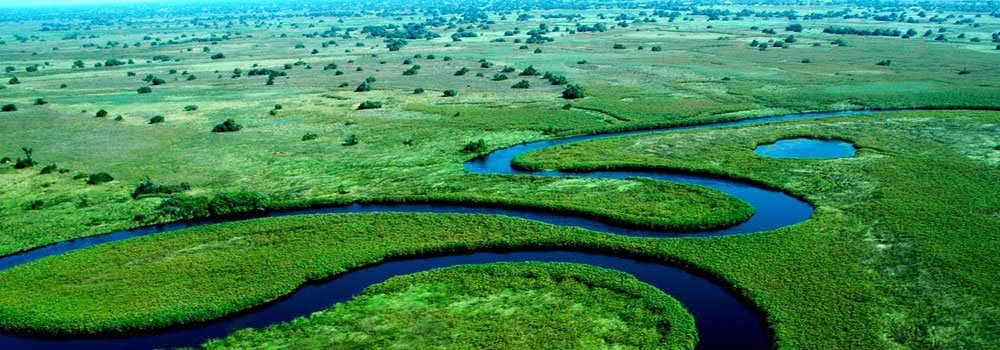
The Okavango Delta, in the middle of the Kalhan sands, is Africa's biggest and the most gorgeous oasis. The River Okavango, that goes up into the highlands of Angola, never ever gets to the ocean; rather its powerful waters drain along the sands of the Kalahari. There, the wonderful Kalahari desert thirst is quenched within a blue-green wilds of freshwater, having emerald green reed beds as well as looming trees.
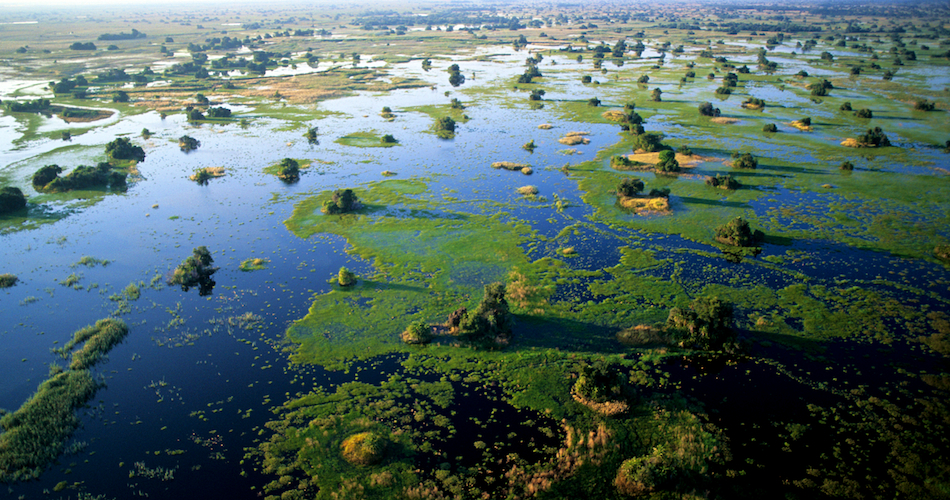
This is a natural sanctuary and huge water hole for the bigger wildlife of the Kalahari. Water brings about various forms of life unanticipated at a "desert": You can find species of fish, crocodiles basking around the sands, as well as hippopotamuses as well as swamp antelopes nourishing over the greenery.
The Okavango is considered the last remaining remnant of the great Lake Makgadikgadi in whose waters and connected swamps once blanketed most of the Middle Kalahari. It's also strongly linked to the Kwando, Linyanti, as well as Chobe swamps and river bodies towards the north east. It's believed that sometime ago the Okavango, Chobe, Kwando, as well as upper Zambezi rivers ran as a single huge river throughout the Middle Kalahari, to combine the Limpopo River and next towards the Indian Ocean.
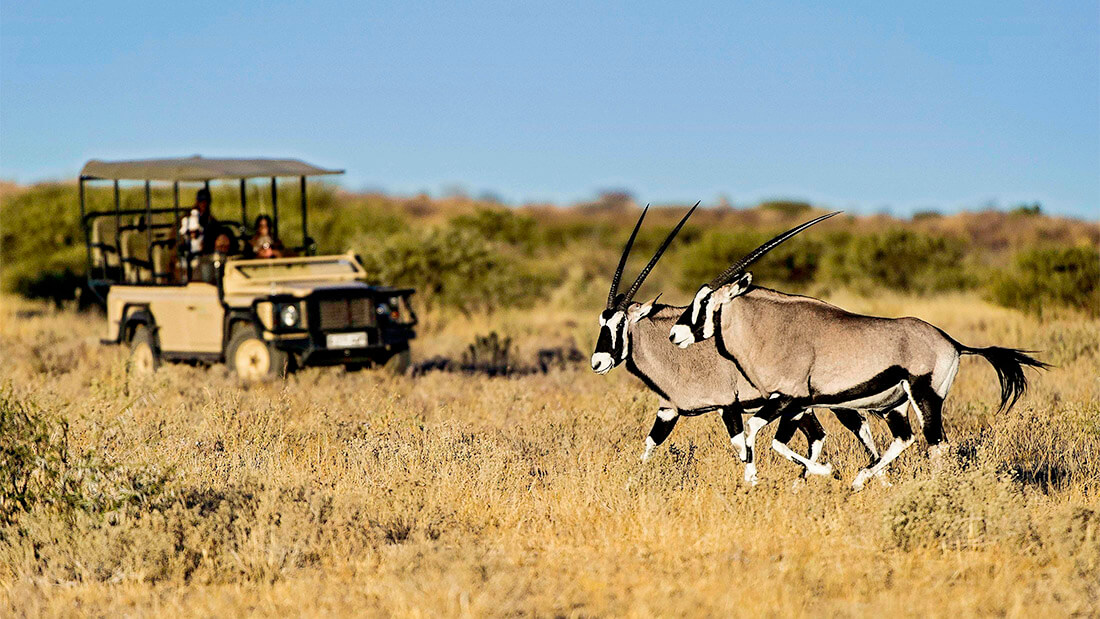
Our planet movements which made the rift of the Kalahari-Zimbabwe Axis inhibited this particular flow, resulting in a damming back of the massive river, that led to the development of a number of large and complicated swamps. While the Okavango River left behind the humid highlands and came into the dry flatness of the Kalahari, this slowed down and dumped its sediment load. Water ways became clogged and also the water searched for other ways, continuing to put in its sediments everywhere it headed. As time passes, a few two million tons of sand and remains were deposited on the Kalahari sands, allowing the attribute fan form of the Delta.
The Okavango provides a haven of ecosystem for abundant plant and animal life within a personified condition of "balance in nature." 2 plant life rule the Delta's perennial swamps: papyrus, a huge sedge (kind of grass) that thrives naturally solely in Africa, as well as the willowy phoenix palm. They offer an amazing record of latest alterations in the boundaries of the perennial swamps. Papyrus, as being a herbaceous varieties, acts faster to alterations in water level compared to the phoenix, a woody types. The entire scope of the perennial swamps across the Thaoge River, just before it started to dry out this century, is visible through the distribution of the phoenix palm, that stretches a lot further south compared to the papyrus. On the other hand, papyrus stretches much farther east compared to the palm, across the Moanatshira system. This suggests the increase of perennial swamps within this century. Around the Boro River, the papyrus and phoenix exist in similar spots, showing that the scope of swamp regions has always been fairly the same around the central Delta within this several years.
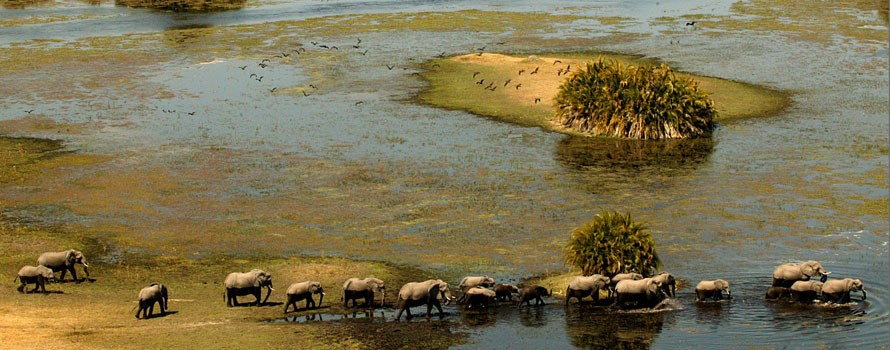
Living in the rich waters of the Okavango are approximately 35 million fish of nearly eighty species. One of the most plentiful, 3 species of bream, are conserved from too much predation by crocodiles feasting on the tiger fish which would feed on the bream. Hippos completely deflate paths via the papyrus in their nocturnal forays to eat, enabling much easier access for the sitatunga as well as antelope to cross over the swamps in their traditional migrations. Straps of forest fringe the swamps along with taller trees providing shade to big herds of bigger game. Aside from the forest fringe the landscape shapes a wide open savanna park land, and over these drier spots the highest amounts of game are coupled with the predator groups: lion, cheetanh, leopard, hyena, as well as wild dog. It's on these forest fringes as well as savanna grasslands which giraffes and elephants are present hunting with antelope of nearly all kinds, from wildebeest, buffalo, as well as kudu, to sable, roan as well as impala. Okavango is really a fine and special instance of dynamic stability in nature. A spot deserve being termed as a "greatest place."




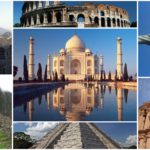

Recent Comments